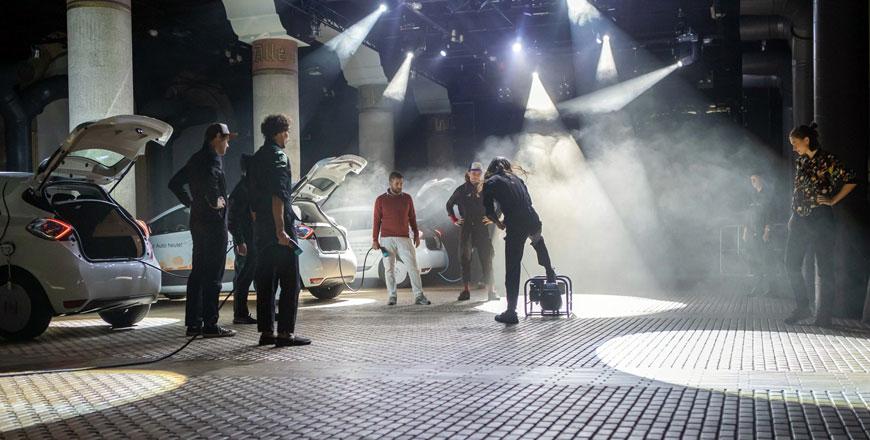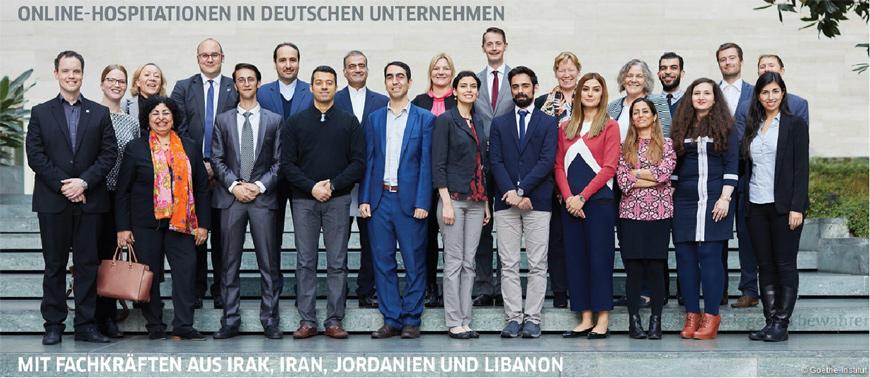You are here
City soundscapes: How will they change in a future of electric cars?
By Johanna Montanari - Nov 24,2019 - Last updated at Nov 24,2019

A performance of ‘E-sound of silence’ in Mannheim, Germany, in September, which was funded by Goethe-Institut (Photo courtesy of E-Sound of Silence)
AMMAN — Goethe-Institut Amman, together with artists Muath Isaeid and Nairuz Ajlouni, organised a public discussion on Saturday on the future of sound in the city, when the electric car will have replaced the internal combustion engine.
“With what sound is the endless noise of our streets replaced? How can we shape this paradigm shift to give our lives more pleasing sounds?” These were questions raised at the event at the Jordan National Gallery of Fine Arts.
“The idea of the whole project is to open up the fact that artists and the public can interfere and change city sounds through electric-powered transportation means,” said Isaeid, a culture and programmes manager at Al Balad Theatre in Amman who is mainly known for curating and organising murals around the city and the street art festival "Baladk".
“It is important to think about sound as we progress with technology,” Isaeid told The Jordan Times.
Participants in the event took part in a “conscious sound walking tour” around the venue, paying attention to “notice surrounding sounds and reflect on city sounds”, according to the artist.
In September, Isaeid created a performance with German producer Tanja Krone and Zeitraumexit art centre in Mannheim in Germany titled "E-sound of silence", which was funded by Goethe-Institut and gave way to Saturday’s event, according to the artist.
Krone and Isaeid have also organised a two-part workshop for German and Jordanian sound artists, with the participation of Jordanians Nairuz Ajlouni and Amjad Shahrour. One part was carried out in Mannheim in September and the second part will happen in Amman in the summer of next year.
“The extensive feedback of the public discussion will help us in steering and formulating the upcoming workshop,” Isaeid noted.
“The sounds that we hear in our daily lives here in Amman are imprinted in our being,” the artist said, adding: “The audience confirmed that Amman has a unique urban sound, for example the gas car sounds, the mobile vegetable sellers and the scrap collecting cars shouting, the sound of the Adhan and the high volume of beeping cars.”
Related Articles
AMMAN — Within the framework of the Amman Jazz Festival, the Musiqa 3al Daraj festival returns in its fifth edition, taking place for the fi
AMMAN — A total of 13 participants from Lebanon and Jordan have been selected out of 72 applicants to take part in a new learning experience
AMMAN — The Goethe-Institut has launched the joint initiative "Horizons: Opportunities for the Future", that connects young academics from t


















